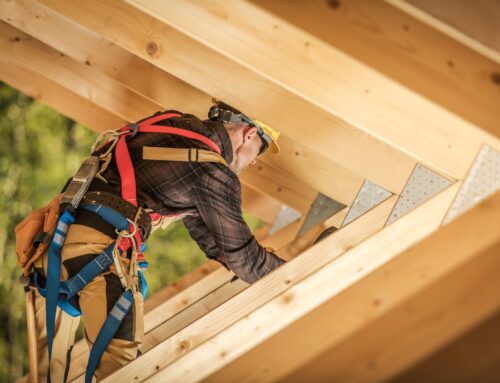We all know that a sedentary lifestyle is a risk factor for heart disease. The more you sit, the less you move, and the less you move, the more your risk increases.
New research published in the journal Current Biology estimates that the average American does about 30 minutes less physical activity a day than an American in 1820. “Instead of walking to work, we take cars or trains; instead of manual labor in factories, we use machines.” The study also found that resting metabolic rate — the total number of calories burned when the body is at rest — has fallen by about 6 percent over the last 200 years.
“Under the best of circumstances, Americans don’t love to work out. Even though movement is among the most accessible and effective ways to improve physical and mental health, federal data show only about 25% of American adults get the government-recommended dose of exercise each week: 150 minutes of moderate or 75 minutes of vigorous aerobic activity, plus two strength-training sessions.
It’s not hard to guess how the COVID-19 pandemic is affecting that number, with its sweeping lockdowns confining millions of Americans to their homes. The data are still coming together, but early reports suggest the pandemic is making Americans more sedentary than ever—and the effects may be long-lasting.
A preliminary, preprint study posted May 12 on the research publication platform Cambridge Open Engage found that Americans are exercising less than usual during the pandemic, and sitting and looking at screens more. In a sample of about 3,000 U.S. adults, people who were meeting exercise guidelines before the pandemic reported an average 32% reduction in physical activity once social-distancing measures went into effect. Those who were sedentary before tended to stay that way.” (COVID-19 Is Making Americans Even More Sedentary. The Effects Could Be Long-Lasting, Jaimie Ducharme, Time)
This isn’t new news, a study published at the end of 2017 in the Annals of Internal Medicine found evidence that sitting for long periods of time is a risk factor for early death, and participants in the study:
- who sat for more than 13 hours per day had a 200 percent greater risk of death than participants who sat for less than 11 hours
- who moved more and sat less (sitting less than 30 minutes at a time) had a 55 percent lower risk than those who sat for 30 minutes or more at a time
who often sat longer than 90 minutes at a time were about twice as likely to die than those who always limited their sitting time to less than 90 minutes at a time - had a diabetes risk increased by 112 percent
- had a 147 percent increase in cardiovascular events, like heart attacks and strokes
- had a 90 percent increase in death from cardiovascular events
- had a 49 percent increase in death from any cause
WHY IS THIS HAPPENING?
This is what happens in your body when you spend too much time sitting:
- Your body’s ability to process fats is decreased. When your body doesn’t use fat, it gets stored.
- Blood flow slows down, which allows fatty acids to build up in the blood vessels. This can lead to heart disease.
- You develop insulin resistance, which can cause type 2 diabetes and obesity, two risk factors for heart disease.
- Your bones get weaker and your entire skeletal system can experience negative effects, including pain, bone spurs, inflammation, and other symptoms.
- You don’t use your muscles, they can lose strength and the ability to support other body systems.
- Blood flow to the brain also slows when you’re sedentary, which reduces the amount of oxygen your brain receives and its ability to fight off cortisol decreases – meaning you get more stressed quicker.
People who sit too often and too long can have a myriad of health effects
- slowed metabolism
- posture issues
- back and spine injuries
- metabolic syndrome
- chronic pain
- osteoarthritis
- obesity
- diabetes
- significant increased risk of heart disease
- increased risk of early death
WHAT CAN YOU DO TO COUNTERACT THE EFFECTS?
- Use a standing desk or a convertible desk that allows you to sit or stand. This will encourage you to move around more.
- Take frequent breaks to move, walk, and stretch. Get up at least once an hour and walk around for a few minutes.
- Get regular aerobic exercise – at least an hour per day.
- Watch your posture.
- Use this safety talk at your next meeting – Dangers of Excessive Sitting Meeting Kit
- Get Moving – Find Out Why Health and Wellness Matters






